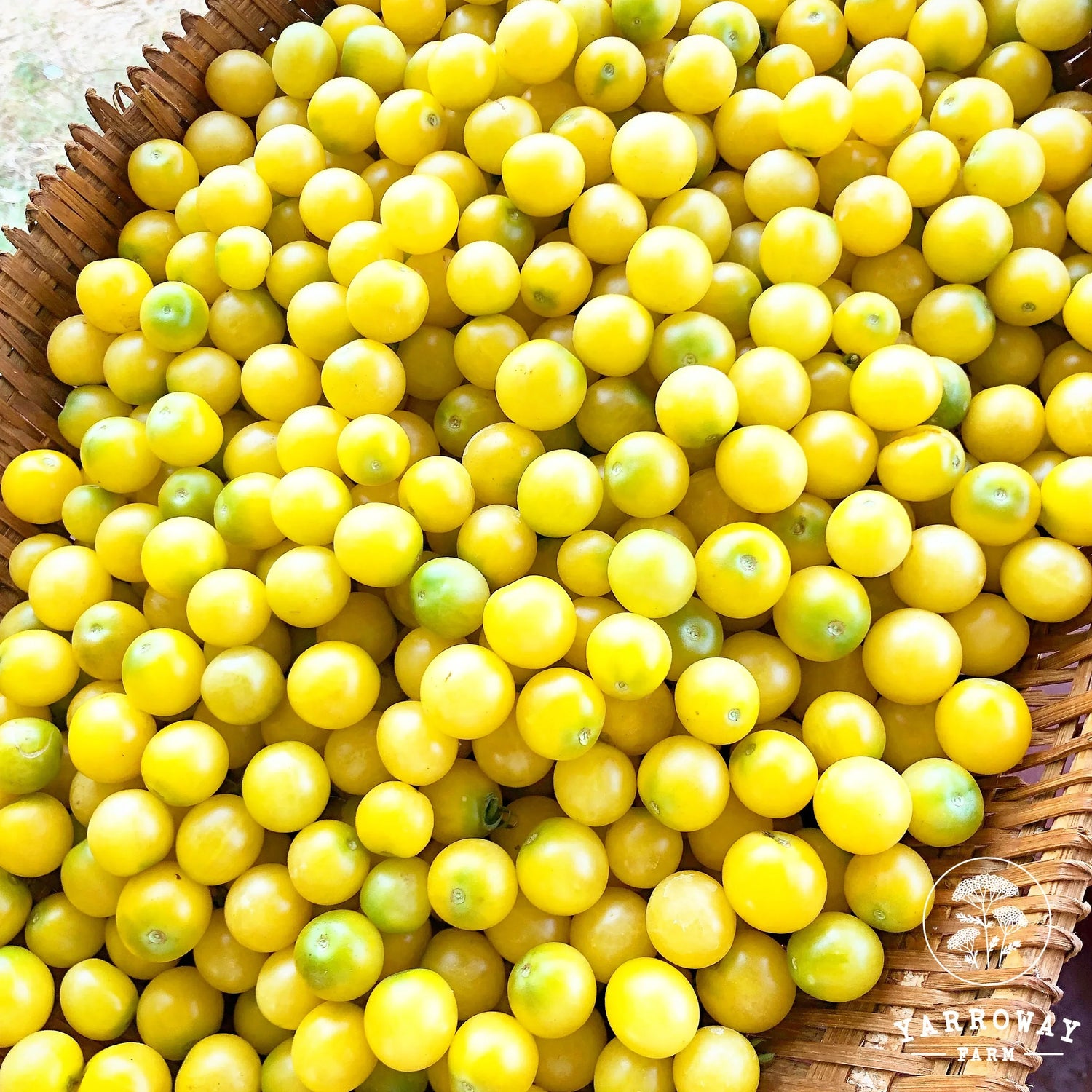START WITH A PLAN
BASIC PLAN - Having a basic map or plan in place is important. Depending on how much space you have, it is essential to divide the garden into 3-4 sections. Since most of the crops are annuals, you need to leave room for the next set of crops and the next season. This also allows time for the balance space to rest in mulch before you add the next crop. TRELLIS - Having a space allocated for trellis crops will help you add more variety to the garden. A simple grill on your balcony will also work. ESSENTIALS - Make sure you have access to good organic compost (not just dried manure), ideally it should be moist and have 40% carbon matter (dry foliage, brown paper) and 60% nitrogen matter (animal manure, green foliage, kitchen scraps from fruits and vegetables). Access to good organic seeds (we’ve got you covered there), nursery trays, name tags, gardening tools, green net and mulch makes things go very smooth.

PLAN YOUR CROPS - Make a list of all the crops you want to grow in the year and segregate them by season. Our Sowing Calendar on the website will help guide you so you can plan based on seasonal crops. For example, carrots and lettuce can be started in Autumn. We start our Brassica crops in late Monsoon, because they take a long time to grow, and we have them ready for harvest in the Winter season.

CREATING THE SPACE

RAISED BEDS - filled with lots of compost, and mulch along with soil.
You can use bricks, old worn out tiles, old flooring stones, or simply build them with soil. (The images above will show you some of our beds at our Hyderabad and Nugu farm. )
Raised beds protect the crops from getting flooded, allows varied irrigation systems, easy to manage weeds, and avoids soil compaction issues. Maintain 2-3ft width so that you can access the bed from both sides to sow, transplant, weed, clean, and compost. They work well across the seasons as you rotate crops.

SUNLIGHT - Ideally your space you get the rising eastern sun, and be protected from the west harsh evening sun. I see a lot of gardeners using the west side of their house to grow kitchen crops. And the house completely shades the rising sun. Which does not work well for sun loving annual crops. If you have an open space, you can grow the sun loving taller crops like corn or sunflower on the west side, so they protect the shorter crops like greens, carrots, beans from the harsh sun in the evenings.

SEQUENTIAL SOWING - Crops such as greens, coriander, beans, peas, and okra need to be sowed every 30-40 days to get a continuous harvest across seasons. Meanwhile indeterminate varieties of tomatoes, eggplant and chillies can produce over a period of 3-4 months, so you can plant them less often. This needs to be adjusted based on your diet and seasonal patterns.

TRELLIS AND PERENNIAL GARDENS - Make a more permanent space for perennial vegetables, herbs and flowers that will stand around for years. Examples - Asparagus, Birds Eye Chillis, Malabar Spinach, Ivy Gourd, Yarrow, Rosemary, etc.





